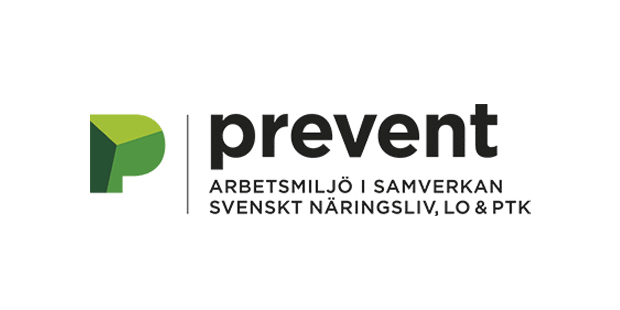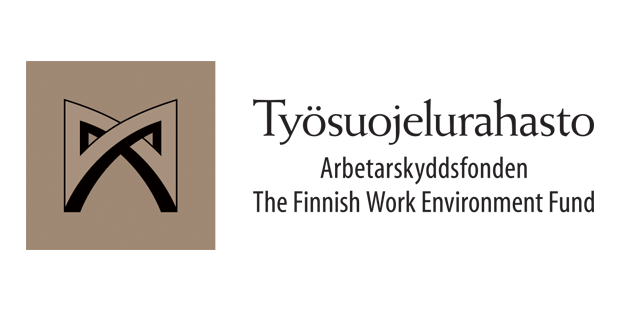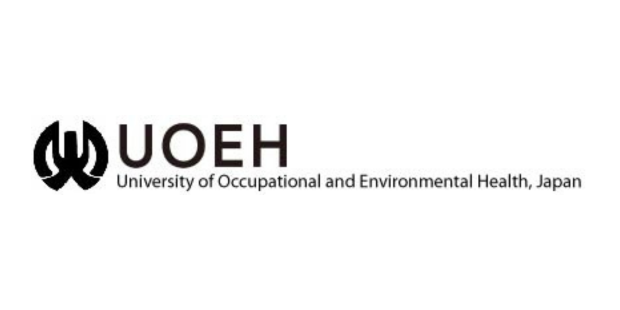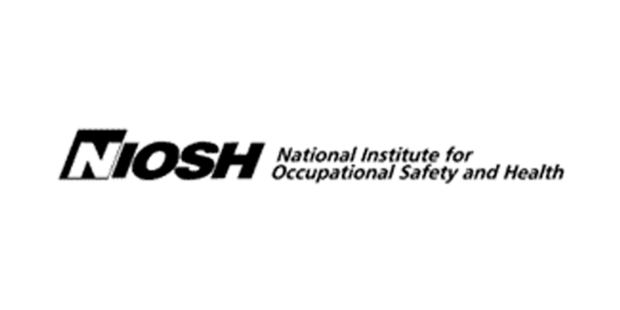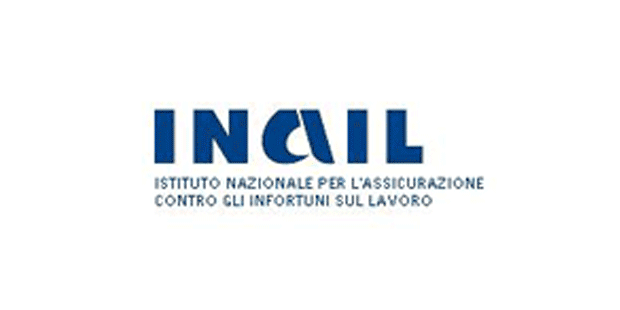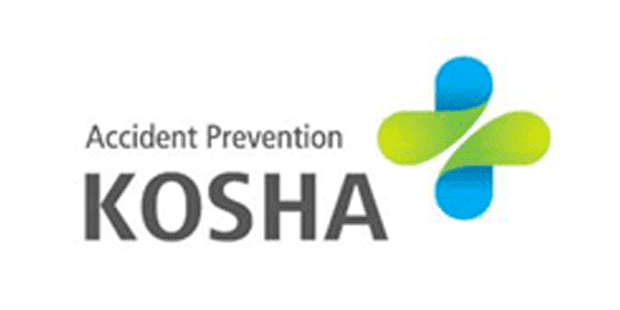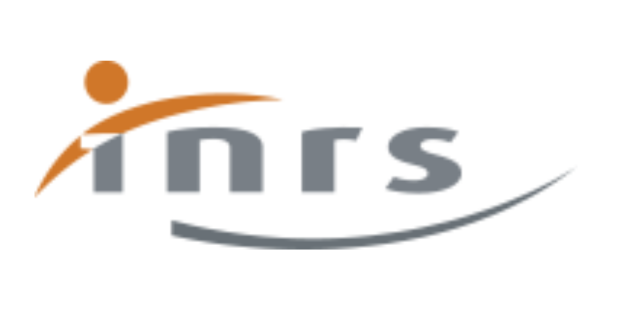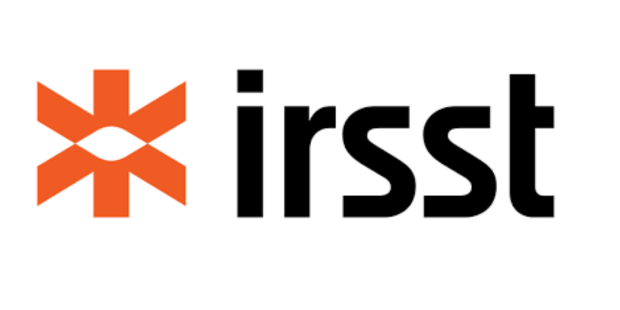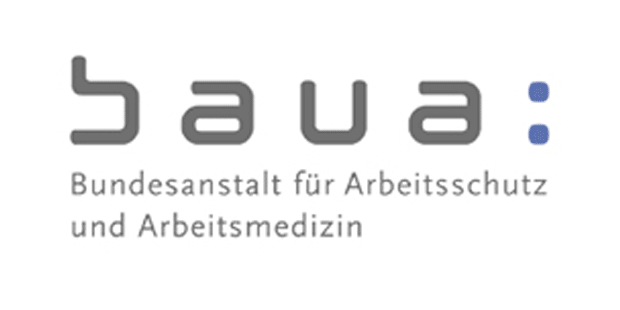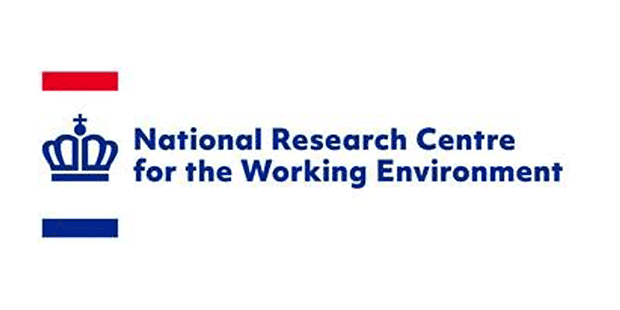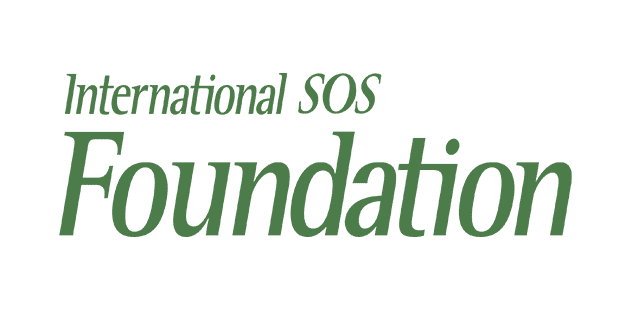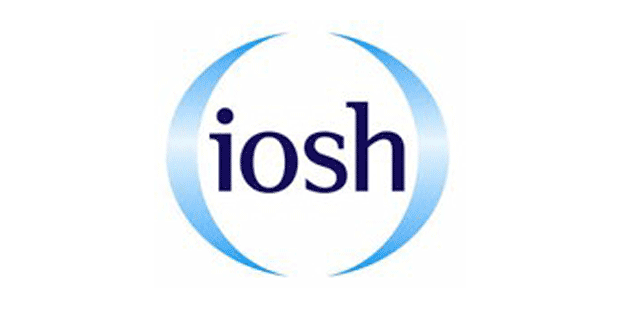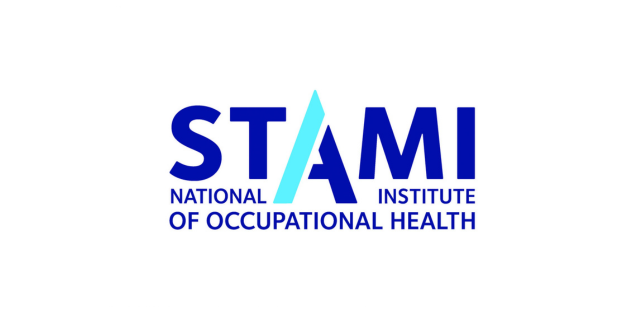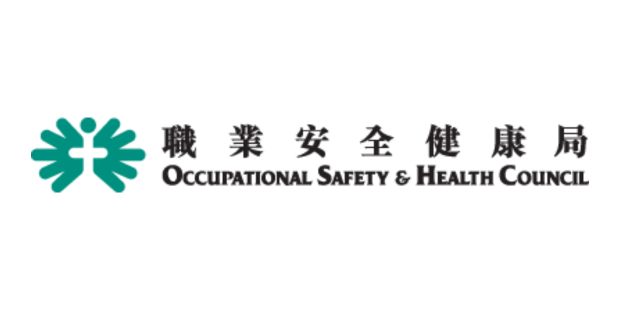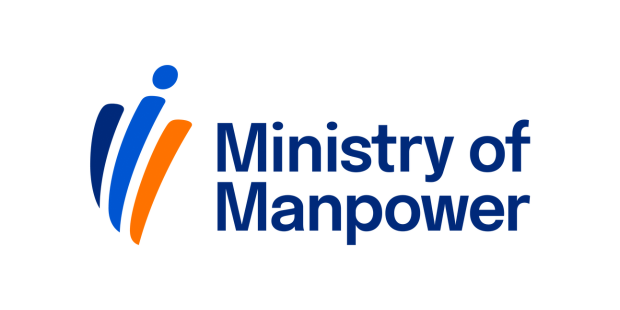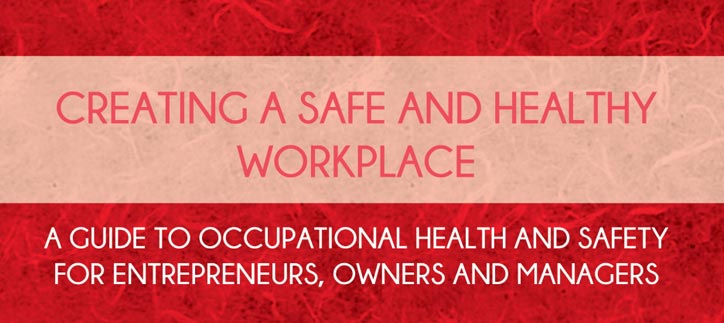Conference report
Exposure assessment in Epidemiology and Practice, Gothenburg 2001.
The Conference organised by the Department of occupational medicine in Göteborg together with the Swedish National Institute for Working Life and the ICOH Scientific Committee of Industrial Hygiene was carried out successfully on June 10-13, 2001. This was the first conference on exposure assessment where chemical, biological, physical, psychosocial and ergonomic factors were addressed together. Another progress was that implementation of results from research to practical use was discussed in workshops, and that research workers and practitioners attended the same conference.
There were around 300 participants from 28 countries in total. In 37 sessions and workshops there were 130 oral and 53 poster presentations and 9 keynote lectures. All abstracts edited by Hagberg M, Knave B, Lillienberg L, Westberg H are published in Arbete & Hälsa no 2001:10 and are also available on the Internet at http://www2.niwl.se/forlag/pdf_ah/2001-10.pdf (Acrobat Reader format, 6,3 Mb).
A few conference delegates representing different aspects of exposure assessment research were invited to discuss over the theme "Broadening the view of exposure assessment". The result is published in Scand J of Work, Environ & Health vol. 27(5) 354-357.
The keynotes (presented below) well reflected the wide range of exposure topics during the conference:
- How to design efficient measurement strategies for workplace exposures, Hans Kromhout, University of Utrecht, The Netherlands,
- The modern work-style - assessing exposures in future jobs, Annika Härenstam, National Institute of Working Life, Stockholm, Sweden
- Studying peak exposure – toxicology and exposure statistics, Thomas Smith, Harvard School of Public Health, Boston, USA
- A new tool for assessing psychosocial work environment factors,
- Tage S Kristensen, National Institute of Occupational Health, Copenhagen, Denmark
- Exposure assessment for epidemiology and practice – Mind the Gap! Margaret Quinn, University of Massachusetts, Lowell, USA
- Exposure assessment of high molecular weight sensitisers, Dick Heederik, University of Utrecht, The Netherlands
- Exposure to radiofrequency fields and mobile telephony, Ulf Bergqvist, University of Linköping, Sweden
Short comments and reflections from the conference
In epidemiological studies there seems to be a trend to do more extensive and well- designed exposure assessment studies where low-exposure groups are also included to a greater extent. The importance of describing work tasks, processes and other factors which could have an effect on the exposure extensively, was emphasised in order to compare different studies and to generalise the results to similar workplaces and work conditions. Qualitative information, including a description of all of the working conditions, permits us to locate specific exposure profiles for jobs. Developments in instruments, measurement strategies and self-assessment approaches together with increasing knowledge of sources of exposure variability enable the exposure assessor to design more effective and cost-efficient measurement strategies.
Where risk assessment and preventive measures in industry are concerned, the trend seems to be to do less measurements and instead to use different expert systems like the EASE-system (Estimation Substance Exposure Model) for chemicals (DM Lwelellyn). A predictive model for estimating dermal exposure for use in generic risk assessment for single chemicals together with a database for use by small- and medium sized enterprises is under development (RISKOFDERM). There was quite a big interest in dermal exposures at the conference with 4 sessions having this theme.
Other interesting themes dealing with chemical exposures were "Self reports and expert exposure assessment of chemicals", "Job exposure matrices" and "Exposure measurements and modelling". At the conference there was also a lot of interesting presentations and discussions concerning psychosocial, physical, ergonomic and biological factors.
From the post conference discussions on the theme "The broadening of exposure assessment" it was concluded that performing adequate exposure assessments is an important component of the effort to improve health and quality of life of working populations, both for finding causes and for evaluating preventive measures. Modern work life is becoming increasingly complex, implying that it is necessary to assess a variety of physical, chemical, organisational and social factors in order to describe the work situation fully. The dimensions of intensity and time should be included and can be a major source of differences in health outcomes between different workers or worker groups.
The broadening of exposure assessment to include a multidisciplinary, multilevel approach would enhance scientific methods by developing new conceptual models and analytic techniques. It would also provide opportunities for better understanding the complex relationships among environmental factors, health, and the quality of life.
There is a need of more arenas for different disciplines to meet to develop interdisciplinary work that evaluates the complex nature of exposures. There are many opportunities for synergy between different disciplines in exposure assessment. A dialogue about how exposure assessment researchers could engage in more multidisciplinary work should be promoted, as well as invitations to give suggestions about how obstacles to multidisciplinary work among exposure assessors can be overcome.
| Linnéa Lillienberg | Håkan Westberg |
| ICOH board | Chairman ICOH, Industrial Hygiene |


